31
October
2024
-
Rémi Le Druillenec
Written for Journal du Luxe - What if digital wasn't made for luxury brands?
We thought this question was old-fashioned, swept away by the COVID era when everyone had found their place in brand ecosystems.
But recent studies are putting this age-old question back on the agenda: what if digital wasn't made for luxury brands?
For a number of years now, many experts have been presenting the digitalization of luxury goods as THE ultimate and inevitable solution for growth in this globalized, "pandemized", "genZized" world. Optimal geographic coverage, the ability to sell 24/7, and lower operating costs than a distribution network are just some of the arguments put forward to promote e-commerce within the Houses. This intense lobbying effort has paid off, boosting online sales to an average of just under 20% of total sales, compared with 2-5% at best before COVID.
A recent Bain study even predicts an increase of around 60% by 2030. (Bain & Company: Long Live Luxury: Converge to Expand through Turbulence, 2024)
But what if digitalization didn't (or no longer) rhyme with performance? Is the experience we expect to have with a luxury brand really compatible with a totally digitalized experience? Can luxury products really be sold online?
This little pebble in the shoe of the great Houses
Although some have been pioneers in this field (Burberry, for example, for which e-commerce will represent 34% of sales by 2023), most luxury brands have been somewhat inert in their digitalization. Today, online luxury goods represent $75 billion worldwide (Luxonomy Group, 2024), a significant proportion of their business.
But on closer inspection, the digital health of a company is often inversely proportional to its overall performance. Nothing better than a diagram to demonstrate this.
Here's a little exercise to reconcile the proportion of sales generated online with the company's performance over the last 12 months:
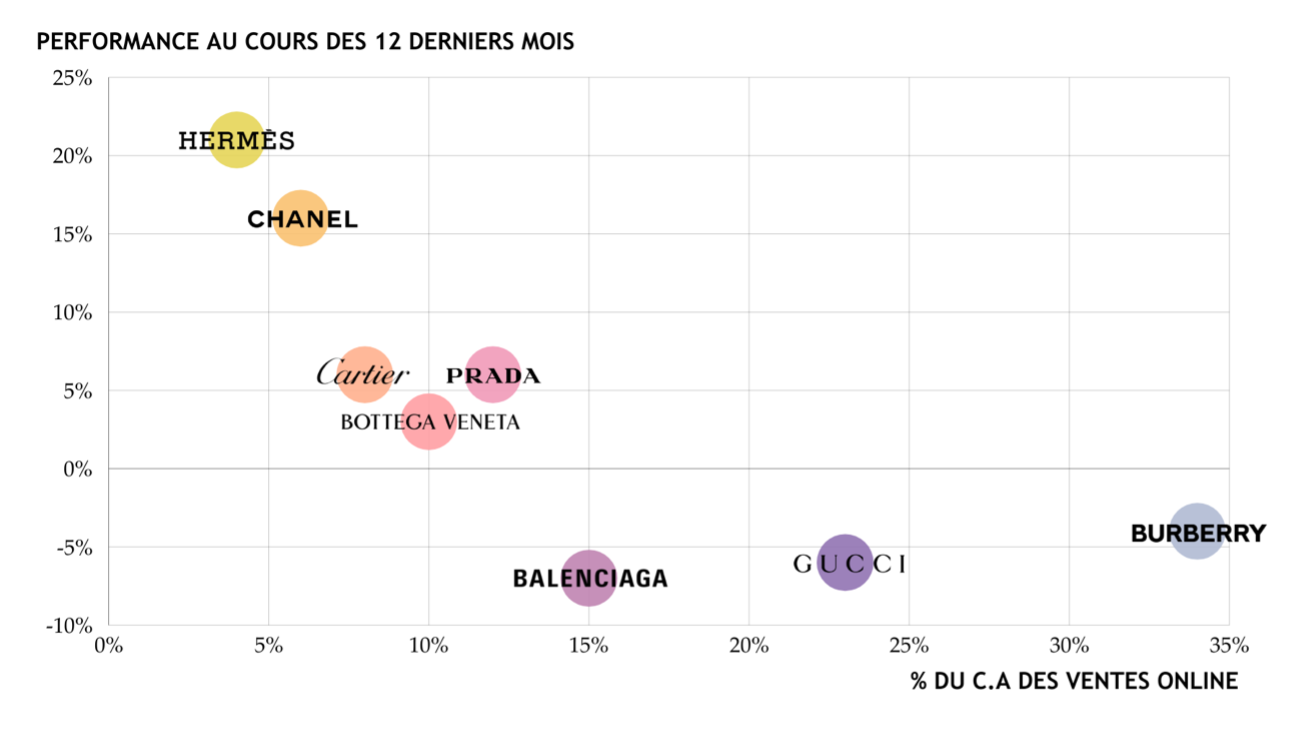
Are these figures just a coincidence?
Until then, CHANEL's strategy of scarcity (or exclusivity) was mocked: the impossibility of buying the camellia brand's ready-to-wear range, handbags or jewelry online was seen as a commercial heresy.
As for Hermès, with its 300 boutiques around the world and its e-commerce site as the only online sales outlet with only a short selection of products available for sale, it was accused of fundamentalism.
And yet it's the insolent growth of these two Houses, which have favored brand equity over accessibility that is now the envy of the world.
Should you choose between desirability and accessibility?
Being able to buy a luxury product quickly and on your own doesn't feed desire for the brand, which is a sine qua non for regular repeat purchases.
Recently, a major Italian fashion house asked us how to create desirability around their icons. The perception of a bag's value comes from handling it, the feel of its leather, the way it feels when worn, and none of this can be experienced online. The decision was therefore made to reinvent the online discovery journey for these products, to inspire, inform and arouse desire, before being redirected to one of the brand's boutiques for a privileged consultation.
The challenge is to turn this potentially frustrating moment for the customer into an introduction to a unique moment with the brand. The promise is a big one, and the moment we're about to experience must under no circumstances disappoint. The preparation of the appointment, the proposed ritual, the space in which the customer will be welcomed must all be at the service of a singular experience.
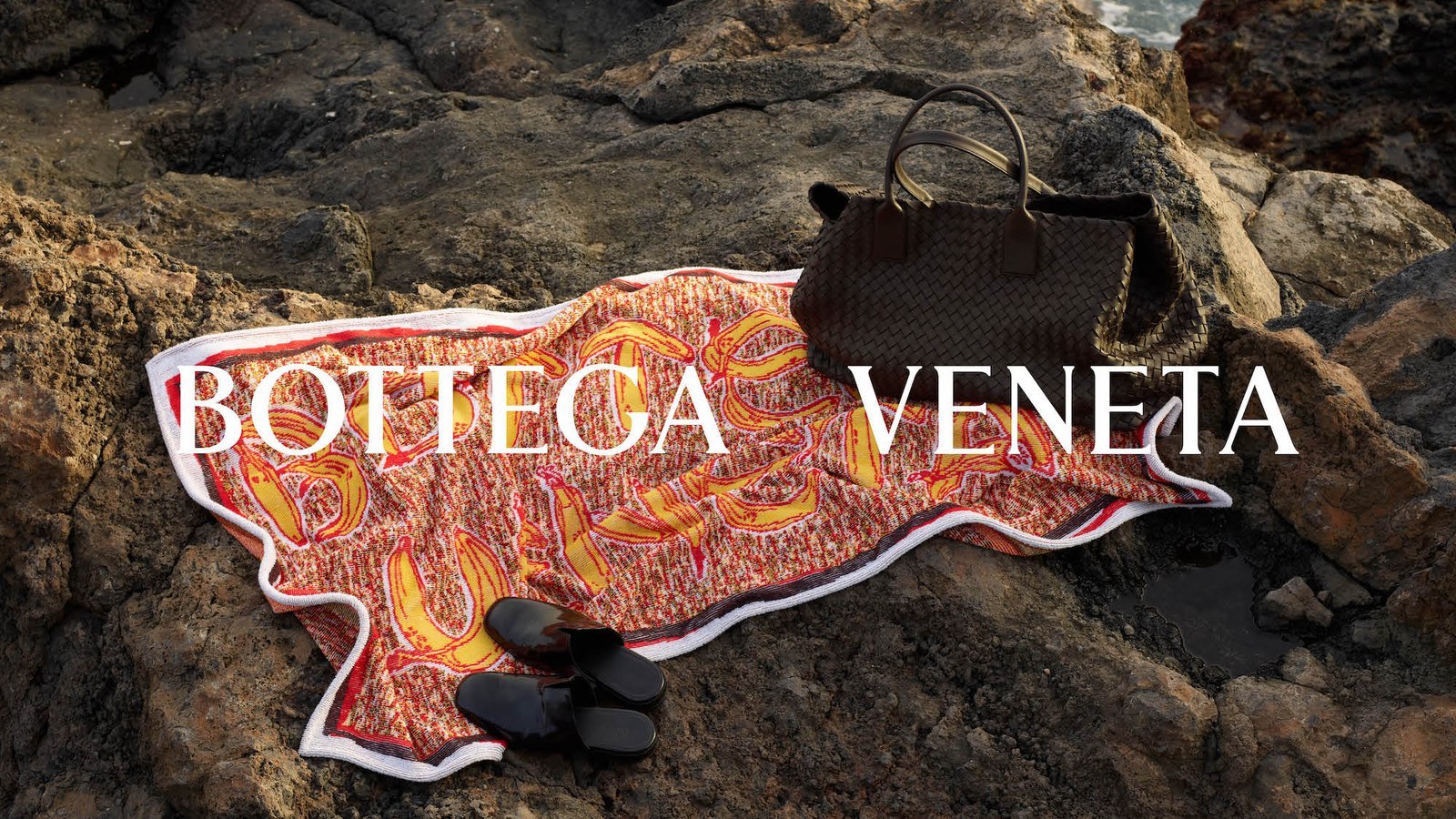
Customer experience, a key to growth
In a sluggish luxury goods market, with a more than cautious outlook for 2025, the question of growth, or at least the sustainability of results, is omnipresent. Faced with soaring customer acquisition costs and volatility, the price battle imposed by e-commerce makes the customer experience the Maisons' best ally in their strategy of seduction and loyalty. A wide range of solutions can now be envisaged: editorialization of the offer and the brand, singularization of customer journeys, creation of experiences on a local scale, access to ultra-exclusive services thanks to the acquisition of a product or even a level of one-to-one exchange with the brand (versus the one-to-many too often practiced). Creating memorable experiences is more important than ever for brands, who must surprise, reassure and inspire.
The point here is not to declare e-commerce persona non grata in the luxury sector - quite the contrary. Rather, it's a question of how digital can play a part in the relationship between a House and its community, and how it can contribute to solid growth, where sales cannot be dissociated from the relational and emotional dimensions inherent to luxury.
Guest column for Journal du Luxe.
Héroïne is the art of designing experiences that leave a lasting impression. Scenography, space design and sensitive storytelling at the service of your world and the people who inhabit it.

.svg)
.svg)
.svg)


.svg)
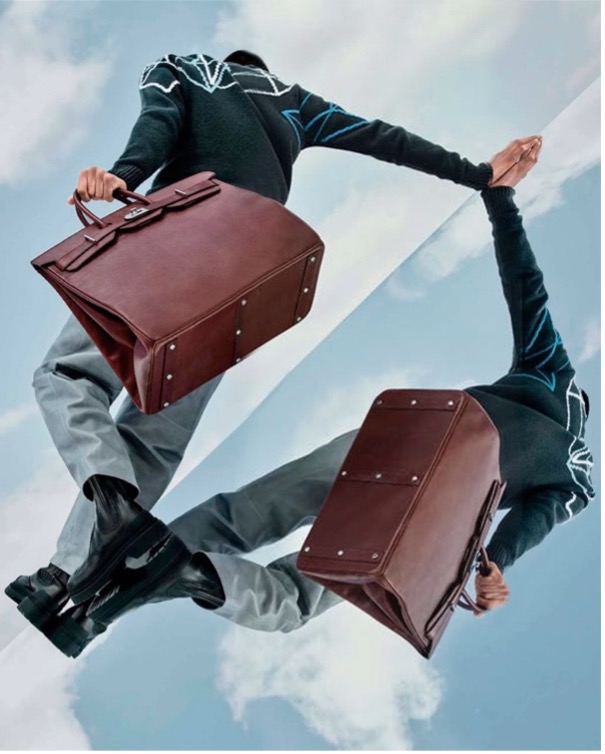
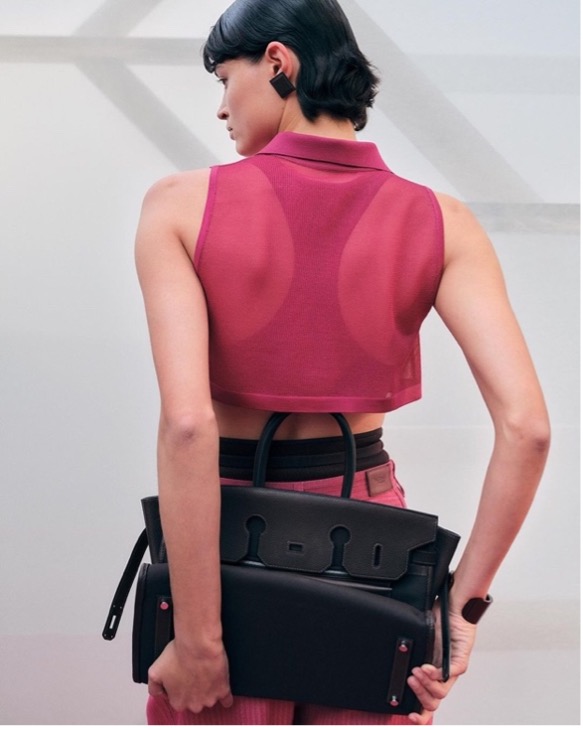
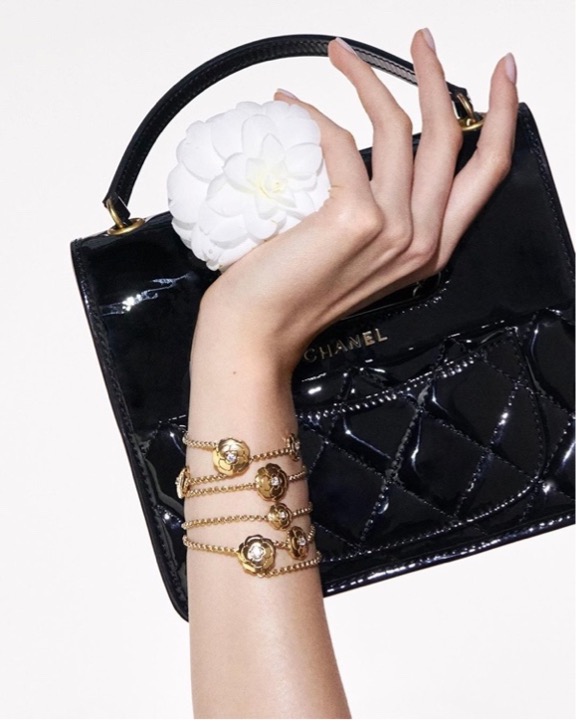



.webp)
.svg)

.svg)